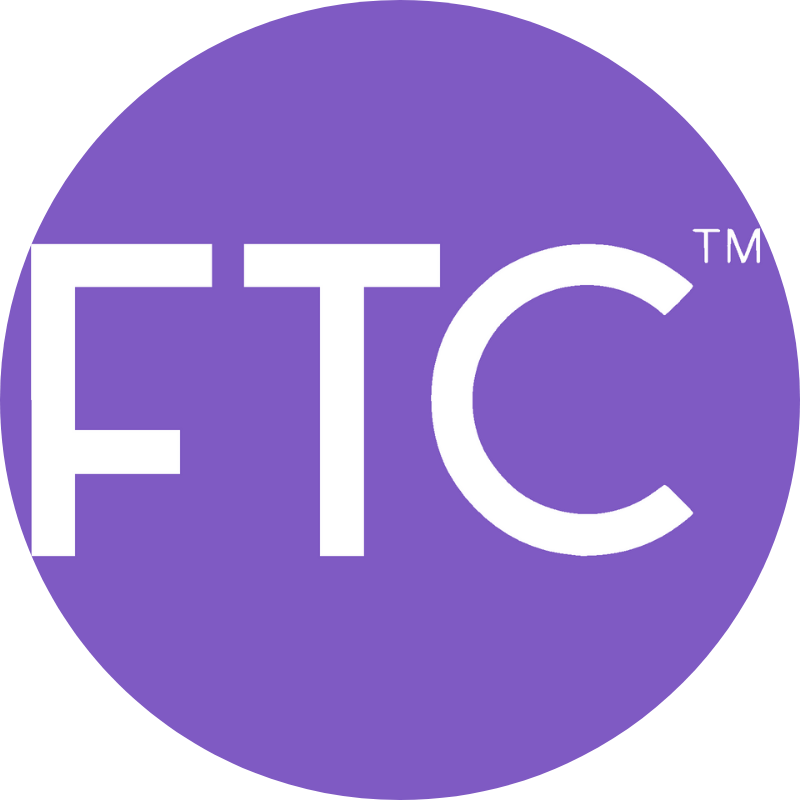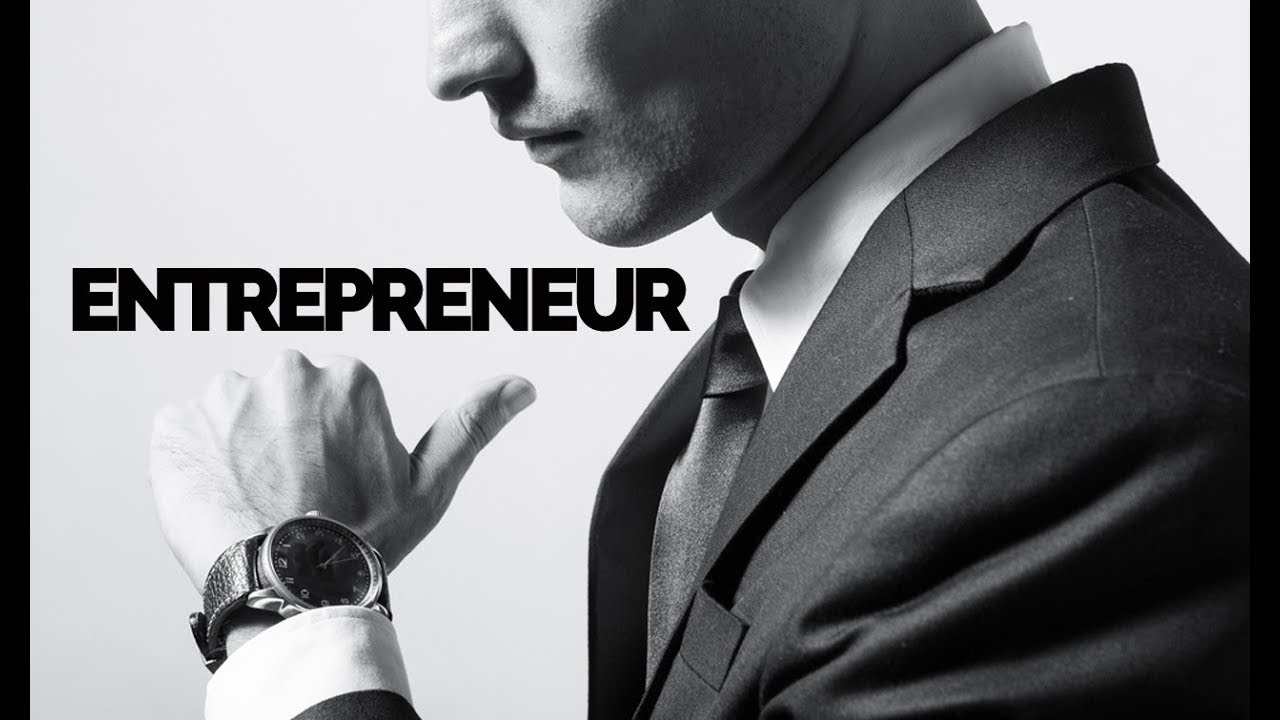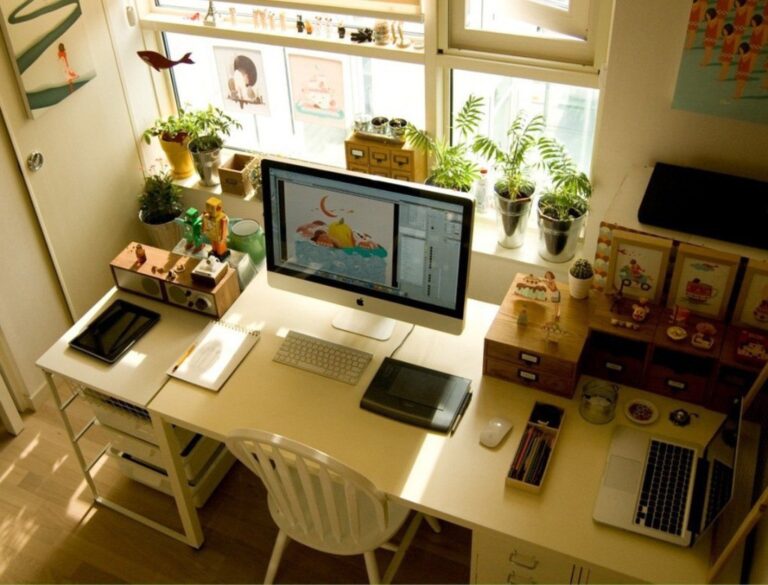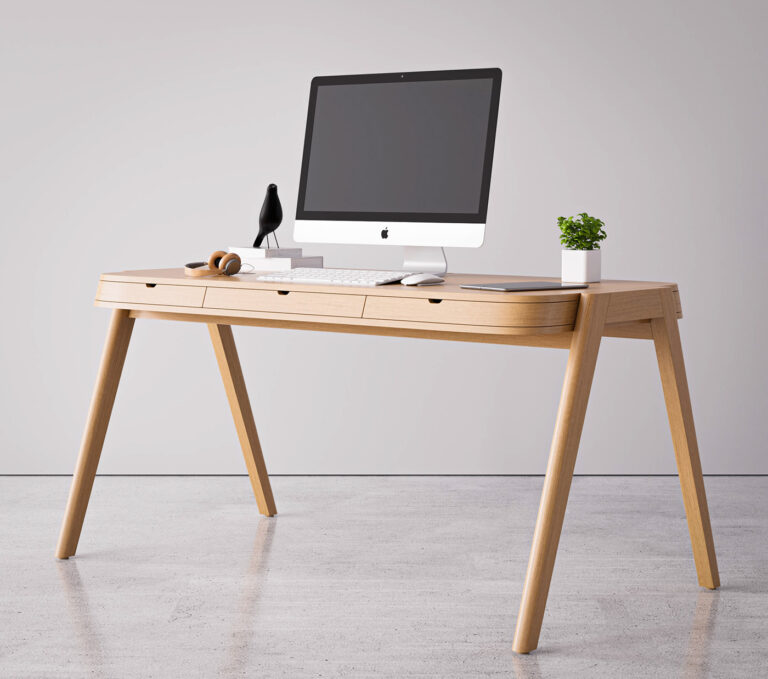Entrepreneurial Design for Startups
A successful startup requires a unique market advantage. This is often achieved through a design innovation with use of tools like desk pad that has significant utility.
Previous research has suggested that entrepreneurship and design are underpinned by similar cognitive processes. However, important distinctions remain regarding the causal determinants of outcomes in these domains. Here, we use structural equation modeling to test the hypothesis that adaptive cognition and formal educational specializations predict entrepreneurial self-efficacy beliefs and intentions.
What Is Entrepreneurial Design and Why Is It Trending?
Entrepreneurial design is a concept that combines entrepreneurial mindsets with the creative problem-solving processes of design. It is increasingly being adopted by universities and business schools as a way to prepare students for the real world of entrepreneurship. The goal of entrepreneurial design is to create innovative products and services that have the potential to revolutionize industries and change our society for the better.
It requires an attitude of experimentation and tinkering with an idea until it becomes a marketable concept with a clear competitive advantage over established competitors. This is often compared to working on several puzzles at once in order to get more pieces into the final solution. The more that is tinkered with, the higher the chance of finding the right piece that will give the startup a unique market advantage.
Previous research on the emergence of EI draws upon the Theory of Planned Behavior, which argues that an individual’s intention to engage in entrepreneurial behaviors is predicted by their attitudes and perceived behavioral control. In our survey of design and business students, we found that adaptive cognition is a domain-general process that positively predicts EI. However, the standardized coefficients for the self-efficacy subfactors of ESE-NPD and ESE-OIC showed that they were differentially affected by formal education in design versus business, which supports our hypothesis that adaptive cognition drives distinct types of entrepreneurial self-efficacy.
How to Design a Startup Website

A startup’s website plays multiple roles: a presentation of products and services, a hub for brand storytelling, and a platform to build customer relationships. It’s essential to design a site that reflects and supports your company’s mission, values, and branding.
A clean, minimal layout with a prominent hero section and sleek visuals is an effective way to communicate your company’s unique value. Keep your design consistent with your branding guidelines, and use a unified color scheme to maintain brand cohesion. A sticky navigation bar that stays fixed as you scroll makes it easy to access the most important pages of your website.
Consider incorporating unconventional elements that will catch your audience’s attention. Using interactive features like animations and sliders will draw users in, making them more likely to engage with your content and product.
Invest in a responsive and scalable design that will grow with your business. Implementing flexible infrastructure and modular design systems will help your site scale efficiently, and avoid requiring costly redesigns.
Make sure your call to action is clear and concise, and encourages visitors to take the next step in your sales funnel. Include links to your social media channels and blog posts, and optimize your website for search engines to boost visibility. Keeping your website updated with fresh, compelling content will also drive organic traffic.
How to Start a Design Blog
When starting a design blog, it’s important to have a strong brand and unique voice. This helps readers connect with the content and will keep them coming back for more. It also makes the blog more appealing to brands and sponsors.
Once you’ve selected a theme for your blog, it’s time to start creating content. It’s a good idea to come up with a rough outline of what you want each post to cover before beginning. This will help you stay on track and make sure all your ideas are covered.
Then, create a strong headline to catch the reader’s attention. This will give them an idea of what to expect from your article and will help them decide whether or not it’s worth their time. Next, include one or two images to add visual appeal to the post. These can be photos, screenshots or illustrations. If you don’t have any of your own, try browsing free stock photo sites like Pexels or Unsplash.
Finally, finish off your post with a strong call-to-action or conclusion. This will encourage your readers to take action after reading your blog and will help them remember the key points of the article. This will also help boost your SEO so that people can find your content easily. The internet is a vast and growing place, so you’ll want to ensure that your blog can be found by as many people as possible.
What Is Design Thinking?
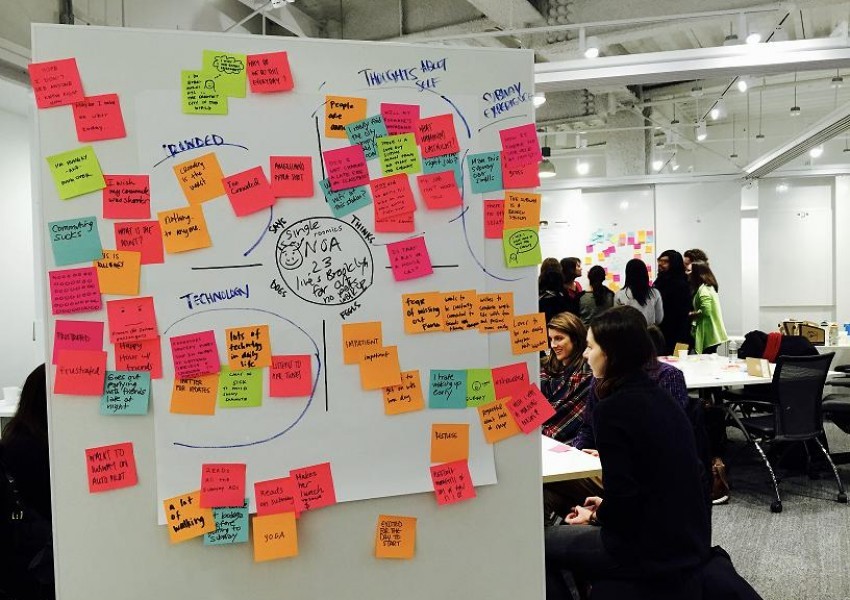
Design thinking is a process that promotes collaboration and inclusivity among team members. This helps create more innovative solutions by bringing in a variety of perspectives and expertise. It also allows teams to test their ideas and iterate on them. The result is a product that will work better for your target market. Many major companies have implemented design thinking into their business processes, including Disney, Microsoft, and Burger King.
The first step of the design thinking process is to empathize with your audience. This involves talking to real consumers and observing their behavior. This will help you understand their pain points and needs, which can be difficult to identify when working off of consumer research alone.
Once you have empathetically understood your user base, it’s time to define the problem. This involves narrowing the scope of the problem so that you can focus on creating a solution. It is important to take the time to truly understand your users and their needs so that you can create products that will meet those needs.
The next phase of the design thinking process is ideation, which is where you brainstorm potential solutions to the problem you have defined. This can be done by using various methods, such as brainstorming sessions or mind mapping. The final phase of the design thinking process is prototyping, which is where you turn your ideas into a physical or digital model.
